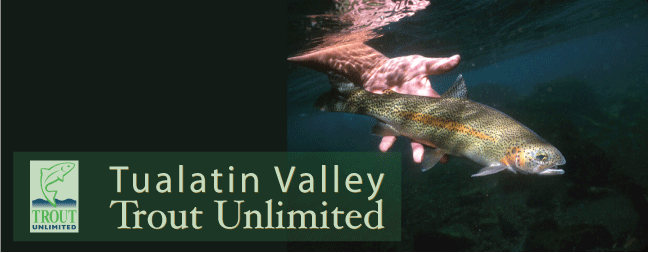The State of the Trout report by Trout Unlimited.
For more information go to TROUT UNLIMITED.
"Fishing for trout is a passion shared by countless anglers across the
country. The challenge of catching a monster Lahontan cutthroat trout
from Nevada’s Pyramid Lake or a salter brook trout from a coastal stream
in Massachusetts can be rewarding and frustrating all at the same time.
As fly-fishing author John Gierach described it, “If people don’t
occasionally walk away from you shaking their heads, you’re doing
something wrong.”
The beauty and diversity of trout attracts the artist and
photographer as well as the angler. Not only are the fish themselves
works of art, but they occur in some of the most beautiful settings the
country has to offer, from small gurgling country streams to
high-mountain lakes to sweeping western rivers.
Unfortunately, neither the status of native trout nor their
habitat is secure. During the past century, trout have declined as a
result of land development, overfishing, water pollution, poor timber
and livestock grazing practices and the introduction of non-native
fishes and other aquatic invasive species."







